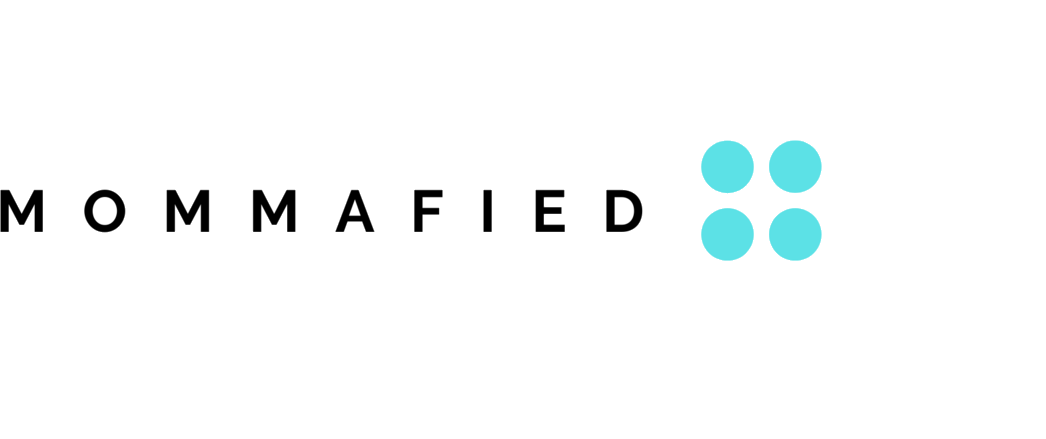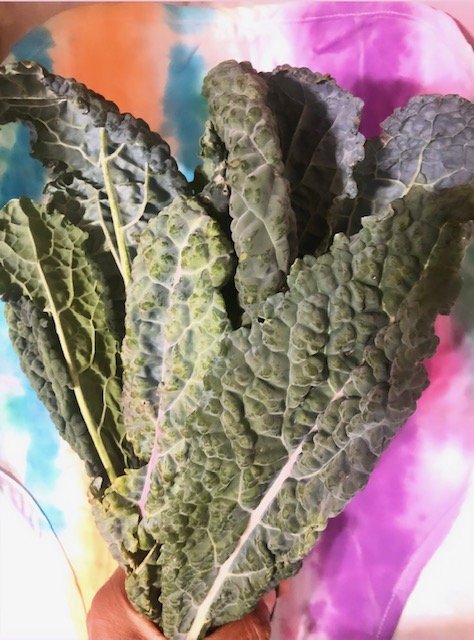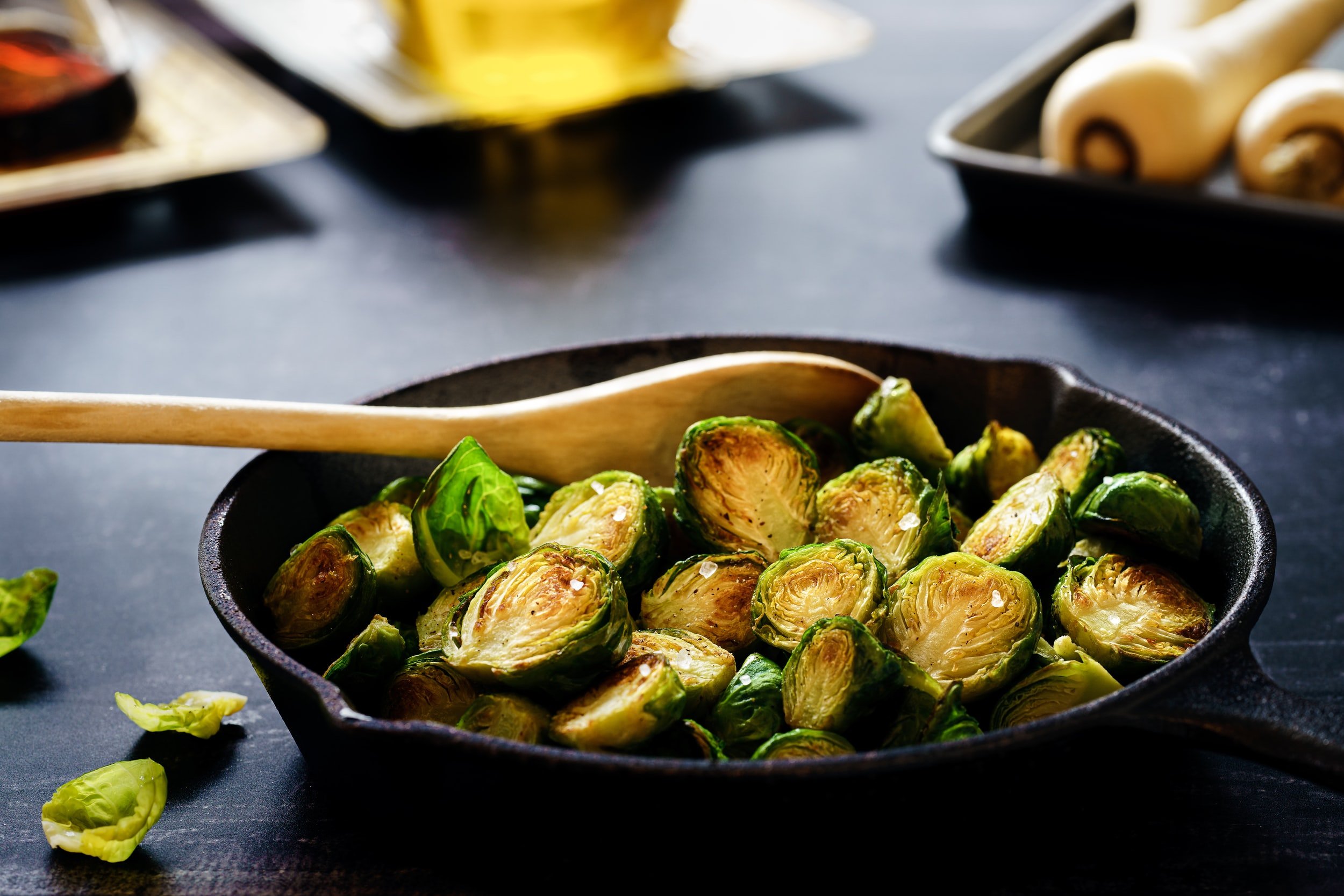6 Ways For Women To Boost Their Iron Levels
Is it the weather, or is it me?
Feeling colder than usual, and wondering if it’s more than just the weather? If you’re feeling chilly, more tired, and maybe even have a craving ice, it may be a sign of an iron deficiency. Low iron impacts millions of women—20% of us under 50. I know because I’m one of them! I learned that I was anemic as a teen, and have navigated my iron levels since; throughout my pregnancies, and even as a healthy and active mom, now. I can always tell when I’m low. Low iron can lead to a host of health issues including heart and cognitive problems, if left untreated. If you’re a multitasking mama like me, here are ways to keep your iron levels pumpin’ like Popeye:
My iron-rich Farmer’s Market finds
Get a blood test: Consult with your doctor or wellness provider. Request a blood test to check your iron levels to determine how deficient you may or may not be. You may be anemic, which means that your blood doesn’t have enough red blood cells to carry the right amount of oxygen to your tissues. There are many types of anemia, iron deficiency being one of them. Cases range from mild to severe. Checking in with your doctor is the best place to start.
Consider supplements: Once you get a gauge on your iron levels, iron supplements can help you get them in balance. They come in both pill and liquid form. Some of my friends favor the liquid form, saying that it’s more easily absorbed. You can also add iron drops to drinks or smoothies.
Juicing Is A Great Way…
to get all of your leafy greens in. Combine them with Vitamin C for better absorption, in a way that’s tasty and satisfying.
Explore iron drips: If your iron levels are very low, and it’s challenging for your body to absorb iron, your practitioner may suggest having an iron infusion, which is less invasive than a blood transfusion. An infusion, or iron drip, usually happens in a hospital or health center in 2-4 sessions. The sessions can range from 3-4 hours, and involve having a small IV iron drip placed into your arm. Iron is then fed directly into your bloodstream. It sounds a bit dramatic, but can be a good alternative if other preventative measures aren’t as successful. Once your iron levels are regulated with an infusion, the results can last from a few months to years.
Eat iron rich foods: Sure, you can grab iron from chicken or beef, but if you’re plant-based or vegan like me, there are tons of great fruit and vegetable options, including:
Lentils
Beans: chickpeas, black-eyed peas, navy beans, red kidney beans
Tofu
Quinoa
Nuts: almonds, cashews, macadamia nuts
Seeds: chia, hemp, pumpkin, flaxseeds
Fruit: prunes, dried apricots, figs, olives, and raisins
Dark leafy greens: spinach, kale, Swiss chard, collard greens
More veggies: mushrooms, palm hearts, potato skins, peas
Fortified breakfast cereals, some enriched breads, rice and pasta
Kale to the rescue! Kale has 1.5mg of iron, per 100 grams. According to The Better Body Guru, the amount of iron in kale is greater than that of meat, if compared in terms of calories.
Learn about absorption: Research shows that iron from meat is more easily absorbed in our bodies. This means that if you’re vegan or vegetarian, you should eat 1.8 times more iron rich foods than carnivores. Plant-based folks can increase iron absorption by pairing iron rich eats with foods that are packed with Vitamin C. This includes oranges, strawberries, pineapple, kiwi, grapefruit, pepper, broccoli, cabbage, and Brussels sprouts. It’s also important to note that dairy, calcium, fiber, and caffeine can block iron absorption, so you’ll want to avoid pairing them with your iron-packed meals.
Use a cast iron cooking pan: Research shows that using a cast-iron cooking or baking pan can add iron to your food. How much is added or can be absorbed into our bodies is up for debate. Some say that using a cast iron pan can provide 2-3 times more iron than in non-iron pans. Why not give it a whirl?
Photo Credit: Sebastian Coman Photography via Unsplash
Thanks for reading! For more health and wellness tips, resources, and self-care products for busy moms who want to lead healthier lives: Follow me at @getmommafied on Instagram, and subscribe to my bimonthly Mommafied newsletter note.





